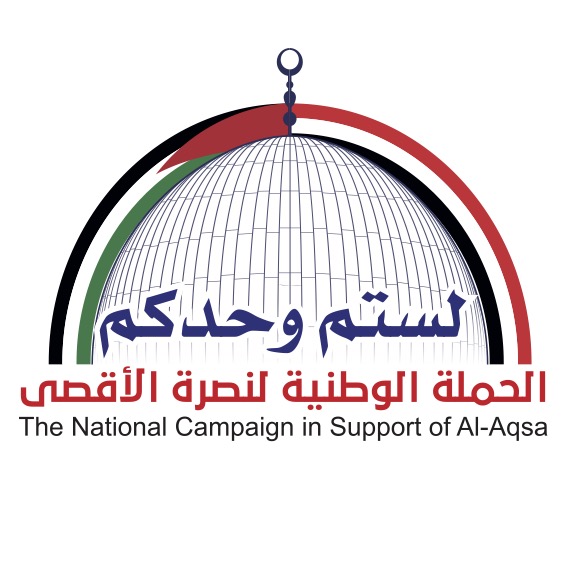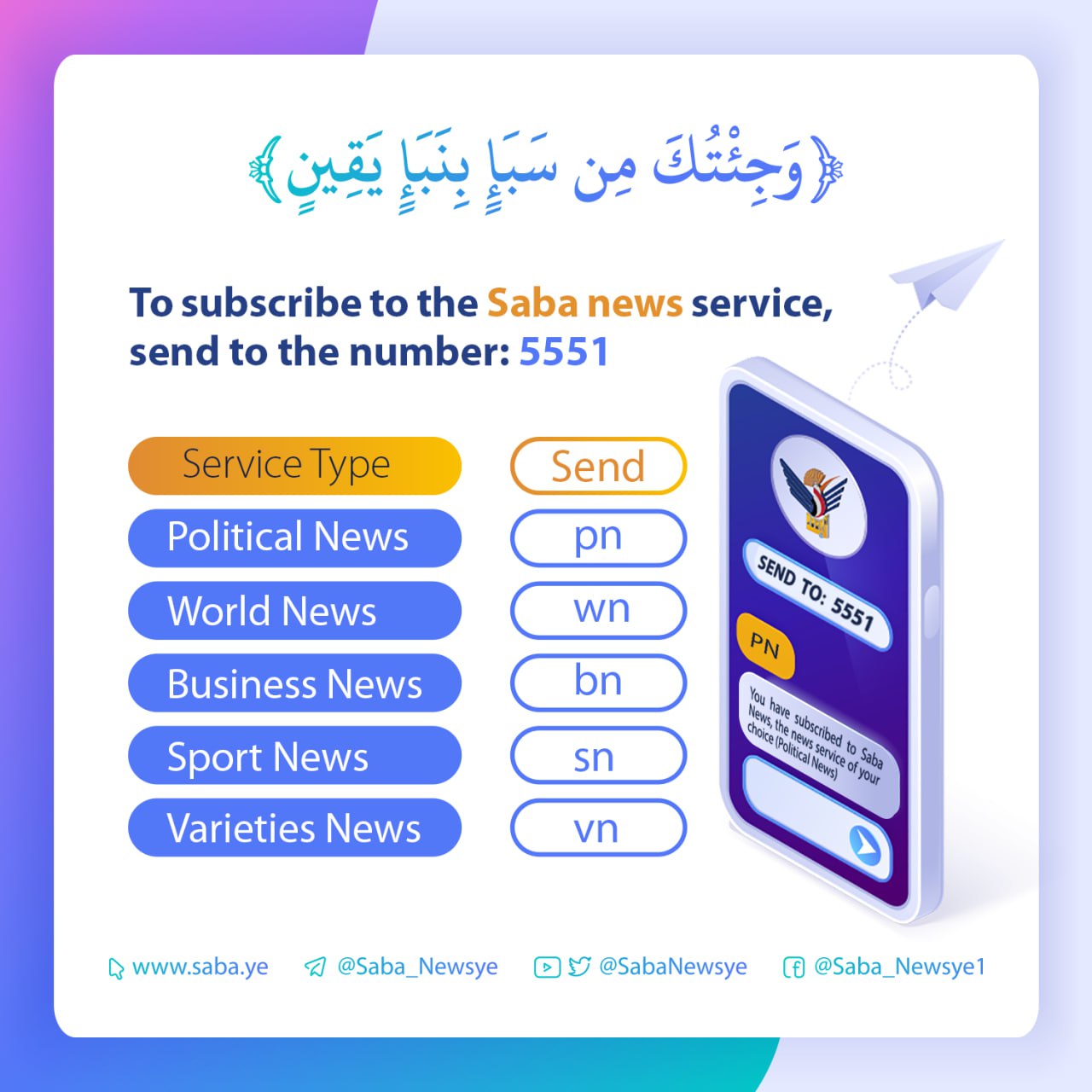Algeria - Saba:
Five mines in Algeria stand out among the list of strategic projects the state is counting on to achieve a qualitative shift in the structure of the national economy.
These projects are considered a practical starting point for diversifying sources of income, strengthening manufacturing industries, and reducing dependence on oil and gas. These projects are supported by huge investment figures and employing thousands of workers.
The specialized "Energy" platform listed the five most prominent mines in Algeria that have spearheaded the country's vision to exploit the country's untapped mineral potential, which until recently was only 10% exploited.
The five most prominent mines in Algeria include resources of iron ore, phosphate, zinc, and lead, and their prospects extend to include gold and even diamonds.
With Algerian President Abdelmadjid Tebboune's directives to make mineral resources a priority in economic policy, the pace of work on the ground has accelerated to launch and activate major mining projects that had been postponed for decades. National and international partnerships have been harnessed to complete them within record timeframes.
This step represents a real transformation, as 2023 witnessed what can be described as the "year of mining resurgence," following the launch of several such projects across the country, from the southwest to the far northeast.
Ghar Djebilet Mine
The Djebilet gas mine is the largest of Algeria's five major mines, with a massive reserve estimated at 3.5 billion tons of iron ore, of which 1.75 billion tons are directly exploitable.
The mine, discovered in 1952, is located in southwestern Algeria. However, its actual exploitation did not begin until 2022, making it one of the most delayed projects in Algeria, despite its importance.
The project was launched as part of an Algerian-Chinese partnership under the supervision of the National Iron and Steel Company (FERA) and the Chinese consortium CMH. During its first phase (2022-2025), it will produce between 2 and 3 million tons annually, increasing to 50 million tons starting in 2026, following the completion of the 950-kilometer railway line to the city of Béchar.
Jebel Onk Mine
The Jebel Onk mine is the second largest project among the five major mines in Algeria, representing the backbone of the integrated phosphate project in the east of the country.
According to Algerian mining sector data from the specialized energy platform, Jebel Onk covers the provinces of Tebessa, Souk Ahras, Skikda, and Annaba.
This mine's reserves are estimated at 2.8 billion tons of phosphate, and the project aims to produce 10 million tons of raw material annually, 6 million tons of phosphate concentrate, and approximately 4 million tons of fertilizer.
Investments in the Jebel Onq mine have reached approximately $7 billion, and are the result of a partnership between national companies (Asmidal and Algerian Mines) and Chinese companies (Wuhan and Yunnan Tian'an).
Tala Hamza Mine
The Tala Hamza-Oued Amizour mine is one of the new projects included in the Ministry of Energy and Mines' plans. It is located in the Tala Hamza region of Bejaia province and covers an area of 23.4 hectares.
Oued Amizour is also one of the five most prominent mines in Algeria, with reserves estimated at 34 million tons of zinc ore, placing it among the top ten globally. The project's foundation stone was laid at the end of 2023, as part of an Algerian-Australian partnership with an investment of $400 million.
Scheduled to begin operations in July 2026, the mine is expected to produce approximately 170,000 tons of zinc concentrate and 30,000 tons of lead annually, providing thousands of jobs and subject to strict environmental standards.
Amsemsa Mine
The Amsemsa gold mine, located 460 kilometers in the In Guezzam region, west of Tamanrasset Province, the far south of the country near the border with Niger, was discovered and developed by GMA Resources PLC. It is one of the top five mines in Algeria, being the country's largest gold producer.
The mine's gold deposits amount to approximately 70 tons, with proven reserves estimated at approximately 3.38 million tons. It represents a sample of the mines spread throughout the Hoggar region in southern Algeria, a region with difficult geological terrain and abundant precious metals.
Jebel Reggane Mine
Although not yet operational, the Jebel Reggane region in Adrar Province is considered one of the regions with significant potential for diamond production, according to recent geological studies.
This site is currently undergoing intensive exploration and could become a promising mine in the future, placing it among the top five mines in Algeria, worth $30 billion.

| more of (International) |




